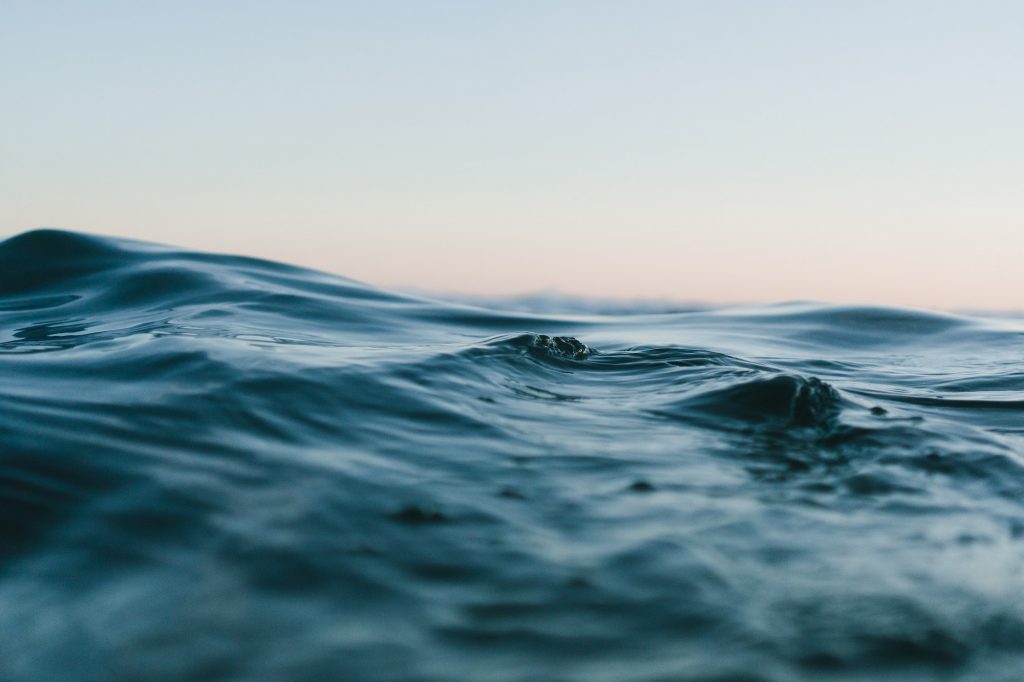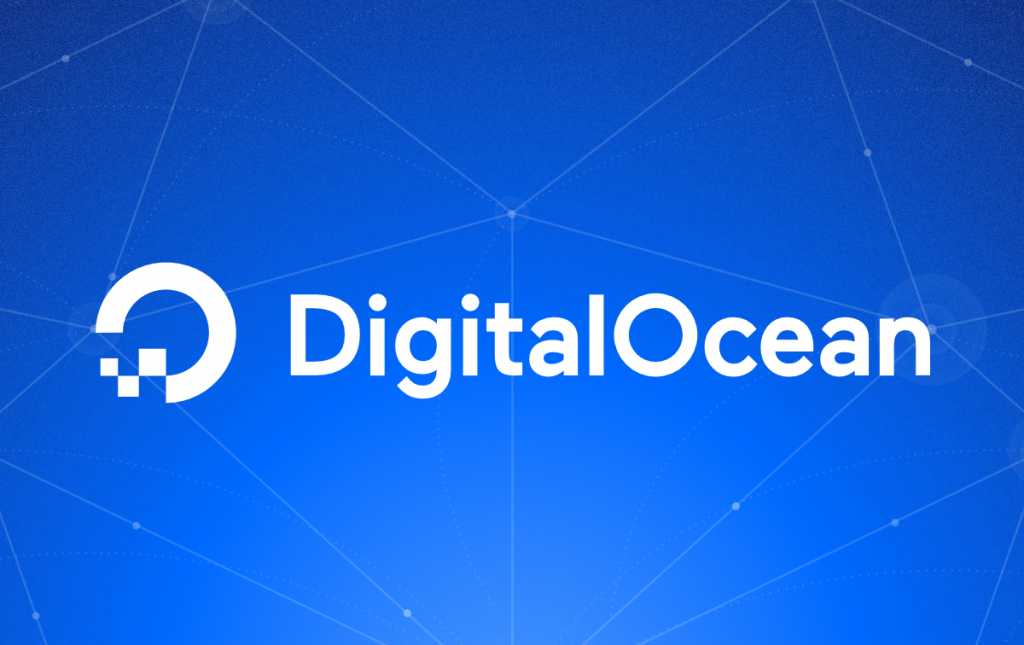WordPress Setup Digital Ocean

Digital Ocean Account Setup To work with Digital Ocean you need an account. It can be one run by developer, but preferably one client runs and to which he invites you as a developer and or DevOps. So you need the following for starters Setup of account by client with DO Team Setup with access […]
Digital Ocean Volume for WordPress Media

Adding Digital Ocean Volume for WordPress Media can be very useful. Especially if you have a lot of images and or other media and need a cheap way to store them. Block Storage at Digital Ocean is fast and easy to work with. It allows you to get a cheap Droplet and add cheap storage. […]
Digital Ocean Monitoring Beta Setup

Just installed Digital Ocean monitoring beta on one of my Digital Ocean droplets where I have Trellis running for a WordPress client of mine. It is a new way to monitor bandwidth, memory usage and I/O. And also a way to get alerts when your droplet gets hit hard on one of those metrics. Installation […]